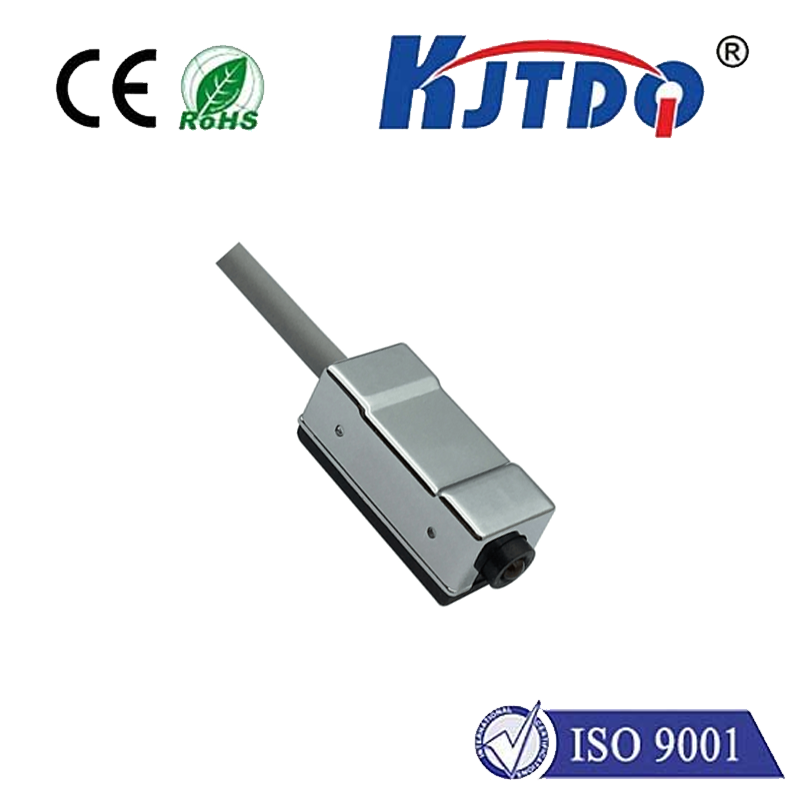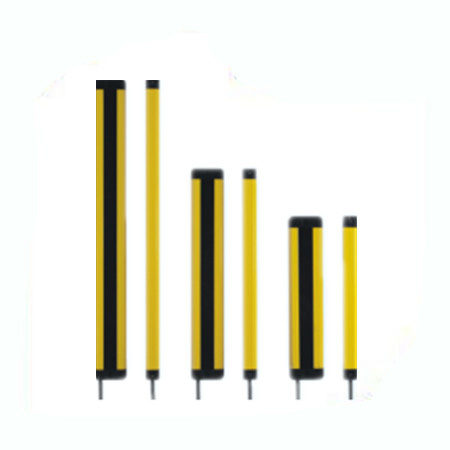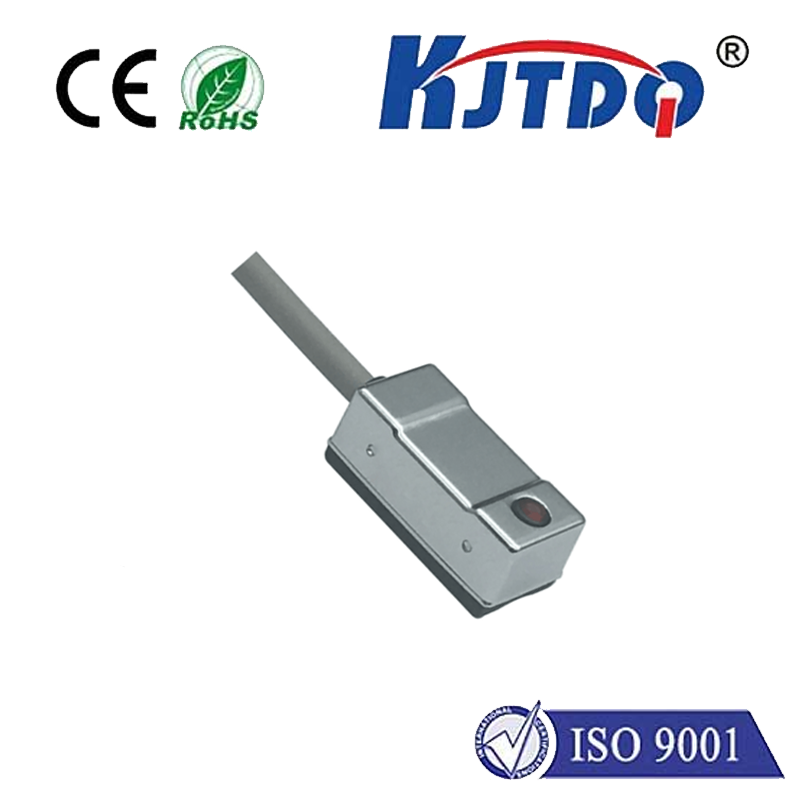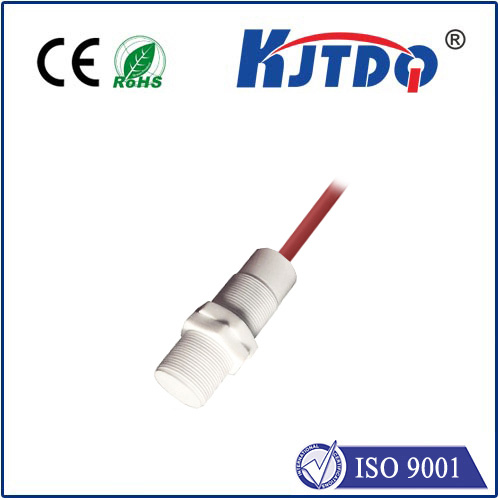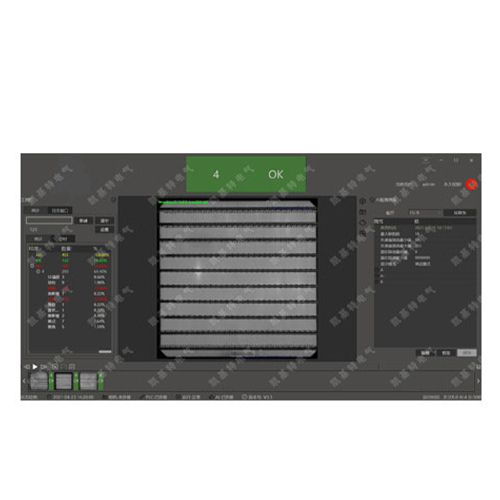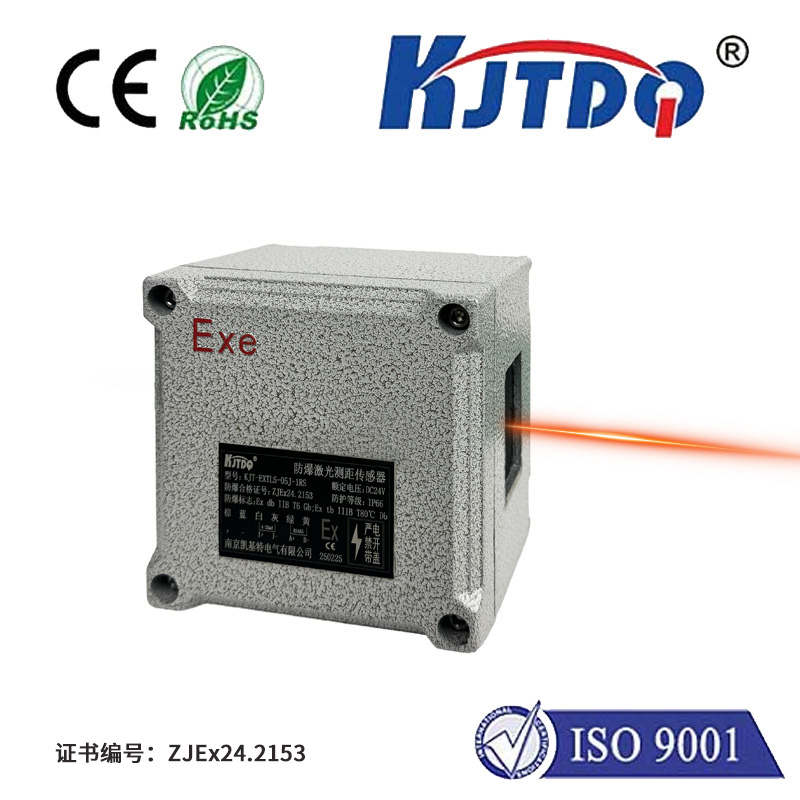

check

check

check

check

check

check

check

check

check

check
Title: The Essential Role of Lever Type Limit Switches in Industrial Automation
In the world of industrial automation, precise control and monitoring of machinery are critical for efficient operation. One essential component that plays a significant role in this aspect is the lever type limit switch. This nifty device serves as a position sensor that detects the presence or absence of an object, triggering a response to halt or initiate a mechanical action. Let's delve into the importance and functionality of the lever type limit switch in industrial settings.
The Anatomy of a Lever Type Limit Switch
A lever type limit switch typically consists of a lever arm, a switch body, and an actuator. The lever arm is attached to the moving part of a machine, while the actuator is connected to the switch body which houses the electrical contacts. When the machine component moves to a predefined position, it pushes or pulls the lever arm, activating the switch mechanism inside.
Precision and Reliability
One of the primary advantages of lever type limit switches is their precision. They can be adjusted to respond to movement within very fine tolerances, making them ideal for applications where accuracy is paramount. Additionally, these switches are known for their reliability; they can handle millions of operations without failure, ensuring consistent performance over long periods.
Versatile Applications
Lever type limit switches are incredibly versatile and can be found in various industries. In manufacturing, they might be employed to stop a conveyor belt when products are properly aligned or to signal when a machine has reached its operational limits. In robotics, they could serve as end-point detectors, ensuring robotic arms do not exceed their programmed range. Moreover, they are used extensively in elevator systems, where they confirm that the elevator has arrived at the correct floor before opening doors.
Easy Installation and Maintenance
Another benefit of lever type limit switches is their ease of installation and maintenance. Unlike more complex sensor systems, these switches can often be installed with minimal wiring and setup requirements. Maintenance is also straightforward, as lever type limit switches rarely require calibration and can typically be cleaned or replaced quickly if necessary.
Enhancing Safety
Safety is a top priority in any automated system, and lever type limit switches contribute significantly to this aspect. By providing accurate position feedback, they help prevent machinery from operating beyond safe parameters, reducing the risk of accidents or damage to equipment. They also play a crucial role in emergency stops, cutting power to machinery instantly if potentially hazardous conditions arise.
Integration with Control Systems
Modern lever type limit switches are designed to integrate seamlessly with programmable logic controllers (PLCs) and other automation control systems. This integration allows for advanced monitoring and control capabilities, enabling operators to track machine status remotely and adjust processes in real-time.
Conclusion
In conclusion, the lever type limit switch is a fundamental component in the field of industrial automation. Its ability to provide reliable and precise position detection enhances operational efficiency, safety, and overall system performance. Whether you're involved in manufacturing, robotics, or any form of industrial process control, understanding the value and proper application of lever type limit switches is essential for optimal automation solutions.

